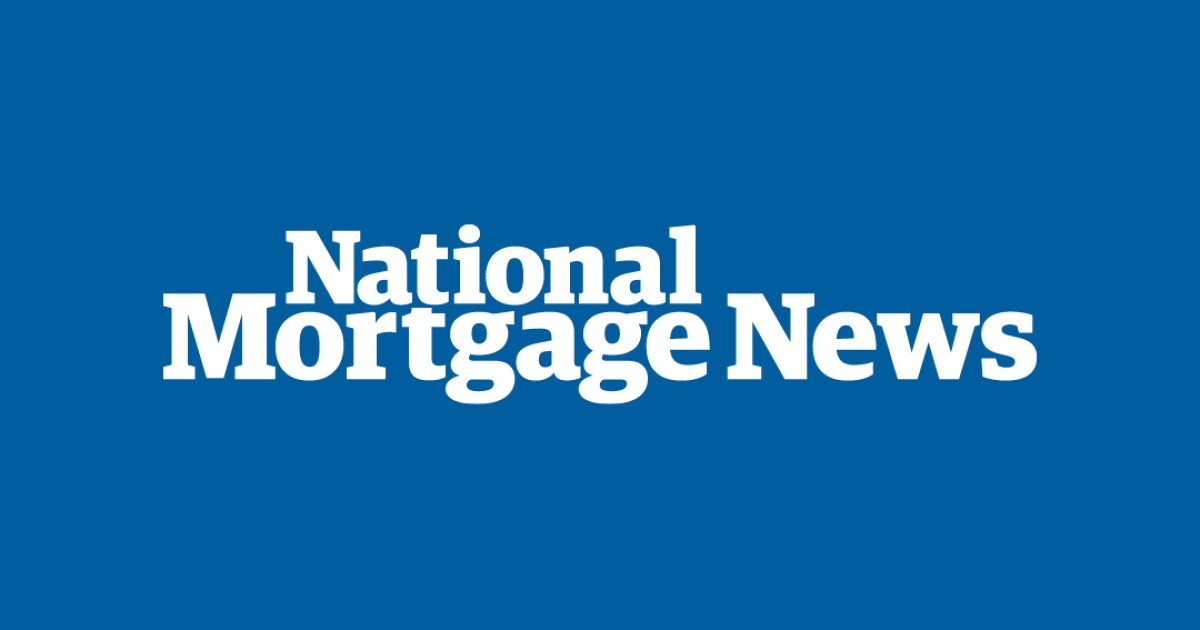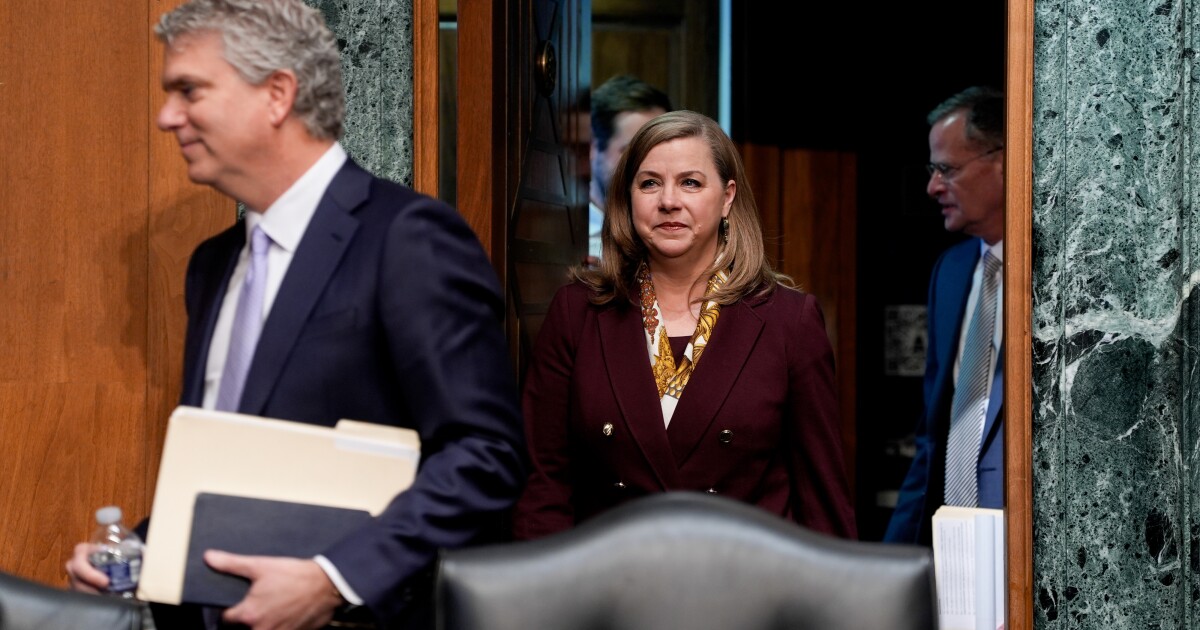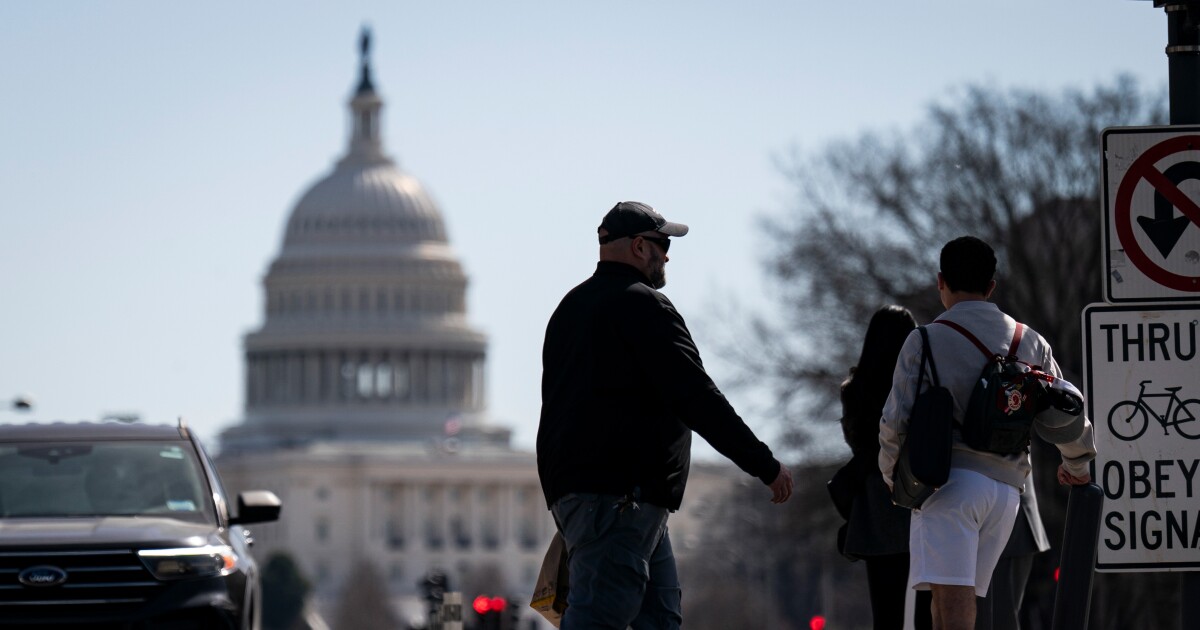
Securitized home loans made to borrowers with lower credit scores and other outside-the-box characteristics experienced a dramatic upward swing in modification rates during the third quarter compared to a year ago.
Fitch-rated bank servicers recorded a particularly high nonprime-loan modification rate at 40%, up from 10% a year ago, in line with widespread expirations of pandemic-related payment suspensions. The equivalent number for nonbanks was just 19%, but that figure also was notably higher than a year ago, when only 6.61% of loans had been modified, according to a recent report by the rating agency.
Loans in the heterogeneous private-label residential mortgage-backed securities sector haven’t generally been afforded the same standardized payment relief as the government-related market, but servicers handling the former have tended to follow the latter’s lead to the extent their investor agreements allow. So, as in the government-related market, loans in the private RMBS sector are moving away from forbearance into other options, and stakeholders are watching closely to see what the outcomes emerging from that trend will be.
Nonprime modification rates have become a focal point as forbearance and other pandemic-related contingencies are rolled back because the extent to which the borrowers request alterations of their loan terms to accommodate long-term losses of income could serve as a bellwether for broader loan performance. Borrowers with nonprime loans tend to be more sensitive to the kind of financial pressures that could disrupt payments than those with more mainstream mortgages, so they can be among the first to show signs of distress.
Fitch’s modification numbers suggest that while the extent of that strain may be high within the shrinking pool of borrowers in forbearance, it could be manageable if servicers have enough latitude in altering loan terms.
“Loan modifications have seen significant increases as borrowers exited forbearance plans in the third quarter, and forbearances are now down to 43% of all loan workouts, as reported by bank servicers,” said Fitch Director Richard Koch in a press release.
“Bank servicers showed significant loss mitigation activity over the past year; nonbank servicers are reporting similar loss mitigation trends, albeit to a more modest degree.”
Between the third quarter of 2020 and the same fiscal period in 2021, bank servicers roughly halved their forbearance rates, according to Fitch’s latest U.S. RMBS Servicer Metric report. The equivalent drop for nonbank servicers was 10%.
To date, the reduction in forbearance hasn’t had a dramatic effect on delinquency rates, according to Fitch, which reported that the amount of loans late by 60 days or more has plateaued. Mortgages with payments late by 90 days or more have seen “moderate” improvement, the rating agency’s report found.
This mirrors trends in the broader market to date. Serious delinquencies have fallen from their peak amid the pandemic as vaccines and other measures have allowed the economy to recover, but some experts are concerned that variants or higher rates could reverse the trend.
In the past week, broad-based measures of forbearance have recorded a slight uptick in new plan filings but the latest increase was less pronounced than the previous one.



